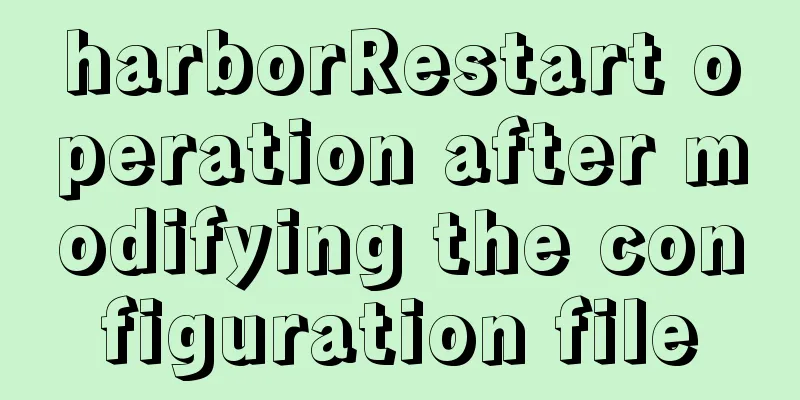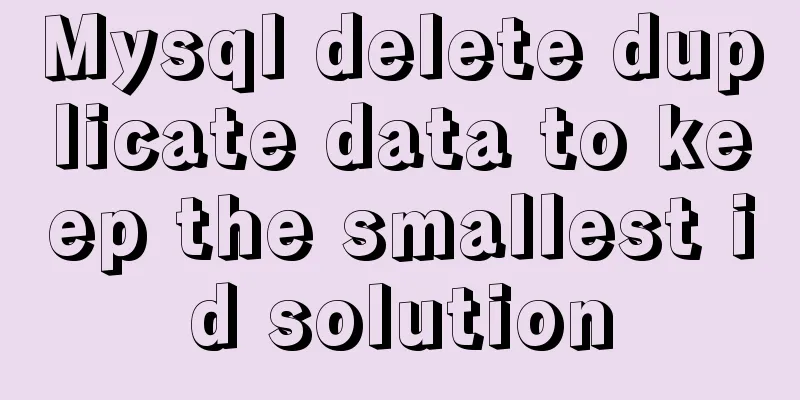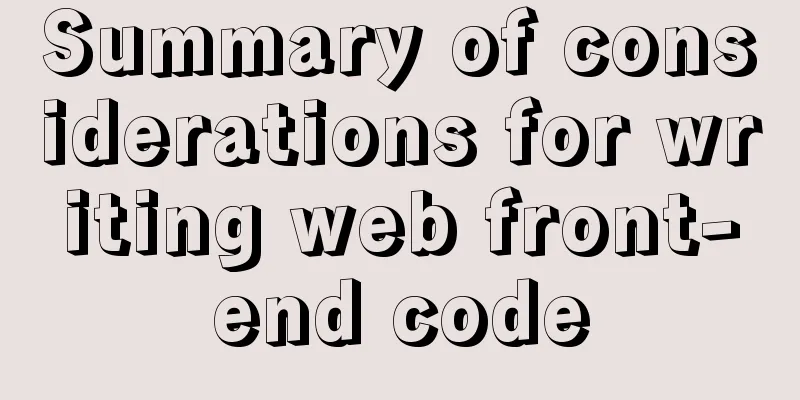How to preview pdf file using pdfjs in vue

PrefaceIn the process of writing a project, PDF files are occasionally used. When we want to view PDF files, do you download the PDF file first and then view the PDF file through the software installed on the computer specifically for opening PDFs? What if there is a requirement not to let users install software? After all, there are still many users who don’t know how to install software or what is required to open it. Ok, if there is such a demand, then we have to realize it. After all, we can’t refute this reason. thinkNow that it has been brought up, let’s think about how to use it. Since you need to use pdf. Is there any library file that can be operated by js to help me? Just search Baidu and you will find our protagonist today: pdfjs. Library directory parsing and downloadingNow that we have a plan, let's study it. First, we need to download the file of this library. Download address: click here to download. There will be two versions of this page, one is compatible with the old version, you can download it according to your actual situation.
The downloaded code structure is as follows:
There are two folders in here:
How to useThere are two ways to use it. One is to implement PDF preview by yourself through the core library file, and the other is to preview PDF files through the given examples. Here we will use the example given to preview the PDF file. If you are interested, you can study how to use the core file to implement it. File LocationFirst, we need to put the downloaded files in the static directory of the Vue project, as shown below:
Actual callUse the following method to call it where needed: var url = encodeURIComponent(window.location.origin+'/other/202101/dc88623a-74c4-49c4-bc95-7e34d9cf6163.pdf') window.open(window.location.origin + window.location.pathname+'static/pdfjs/web/viewer.html?file='+url)
At this time, you can see the following effect:
questionIf the address of this PDF file and the address of the currently downloaded library file are in the same domain, there should not be any big problems. If they are in different domains, you need to solve the cross-domain problem. There is one thing that needs to be solved here, which is the library file we downloaded. Find the following content comment in the viewer.js file:
Annotate the contents in the red box in the above picture. If the server provides a download address, you can use iframe nesting to solve it. SummarizeIn fact, you can see that cross-domain knowledge is sometimes very useful. It is used above. When I first started working on it, I couldn’t get it out. Later I found that I couldn’t download it across domains. There are currently more usages and questions, and everyone is welcome to raise them. The above is the details of how to use pdfjs in vue to preview pdf files. For more information about using pdfjs in vue to preview pdf files, please pay attention to other related articles on 123WORDPRESS.COM! You may also be interested in:
|
<<: How to create a virtual environment using virtualenv under Windows (two ways)
>>: Virtual Box tutorial diagram of duplicating virtual machines
Recommend
Specific use of MySQL window functions
Table of contents 1. What is a window function? 1...
Solution to Ubuntu cannot connect to the network
Effective solution for Ubuntu in virtual machine ...
Mysql practical exercises simple library management system
Table of contents 1. Sorting function 2. Prepare ...
How to limit the input box to only input pure numbers in HTML
Limit input box to only pure numbers 1、onkeyup = ...
Introduction to the use and disabling of transparent huge pages in Linux
introduction As computing needs continue to grow,...
Getting Started with MySQL - Concepts
1. What is it? MySQL is the most popular relation...
CentOS 8 custom directory installation nginx (tutorial details)
1. Install tools and libraries # PCRE is a Perl l...
js addition, subtraction, multiplication and division precise calculation method example code
Preface Because computer numbers are floating poi...
Disable IE Image Toolbar
I just tried it on IE6, and it does show the toolb...
A brief introduction to MySQL database optimization techniques
A mature database architecture is not designed wi...
Detailed explanation of how to reduce memory usage in MySql
Preface By default, MySQL will initialize a large...
Alibaba Cloud Server Linux System Builds Tomcat to Deploy Web Project
I divide the whole process into four steps: Downl...
Mysql anonymous login cannot create a database problem solution
Frequently asked questions Access denied for user...
A thorough understanding of js native syntax prototype, __proto__ and constructor
Table of contents 1 Introduction 2 Prerequisites ...
Solution to nacos not being able to connect to mysql
reason The mysql version that nacos's pom dep...














